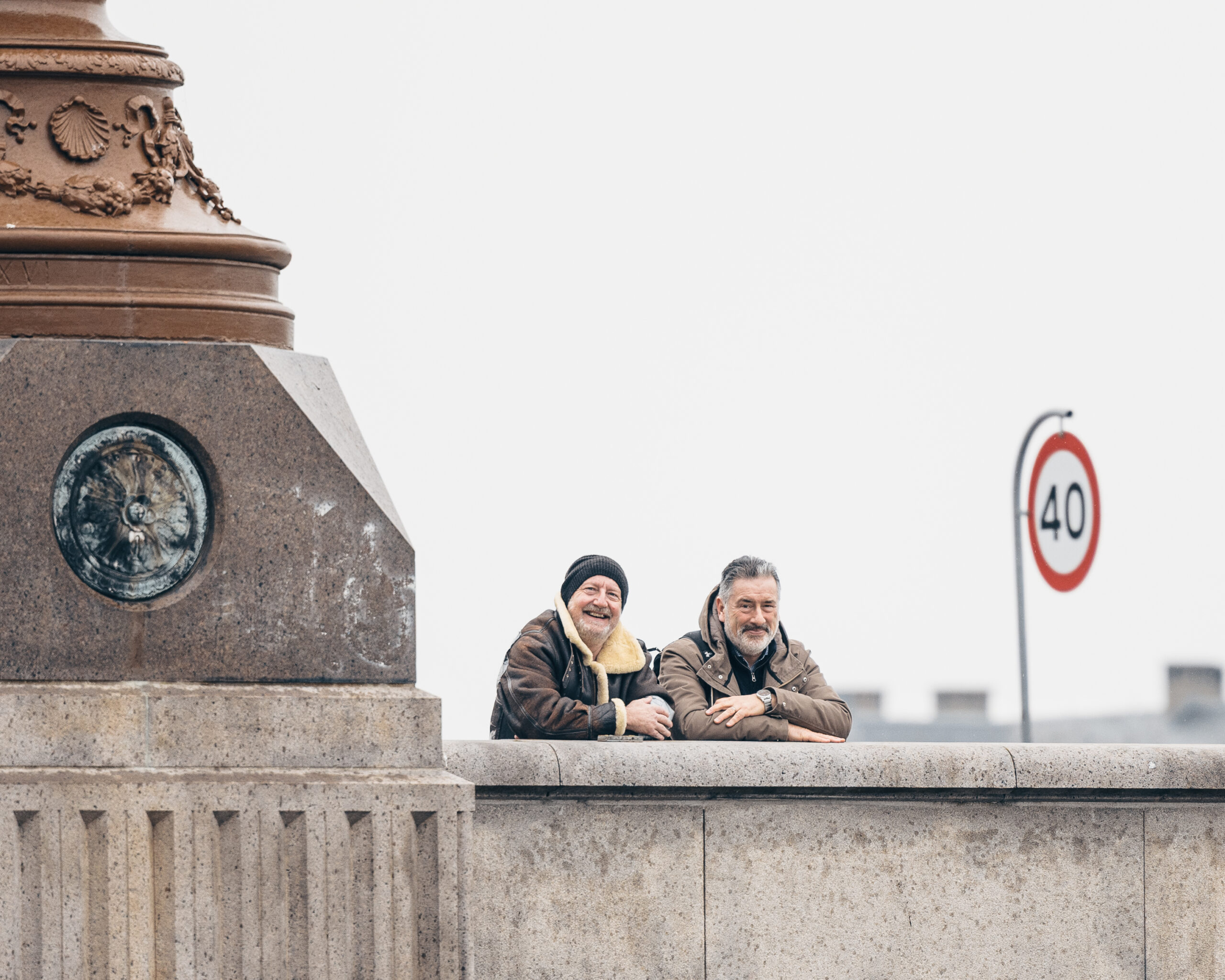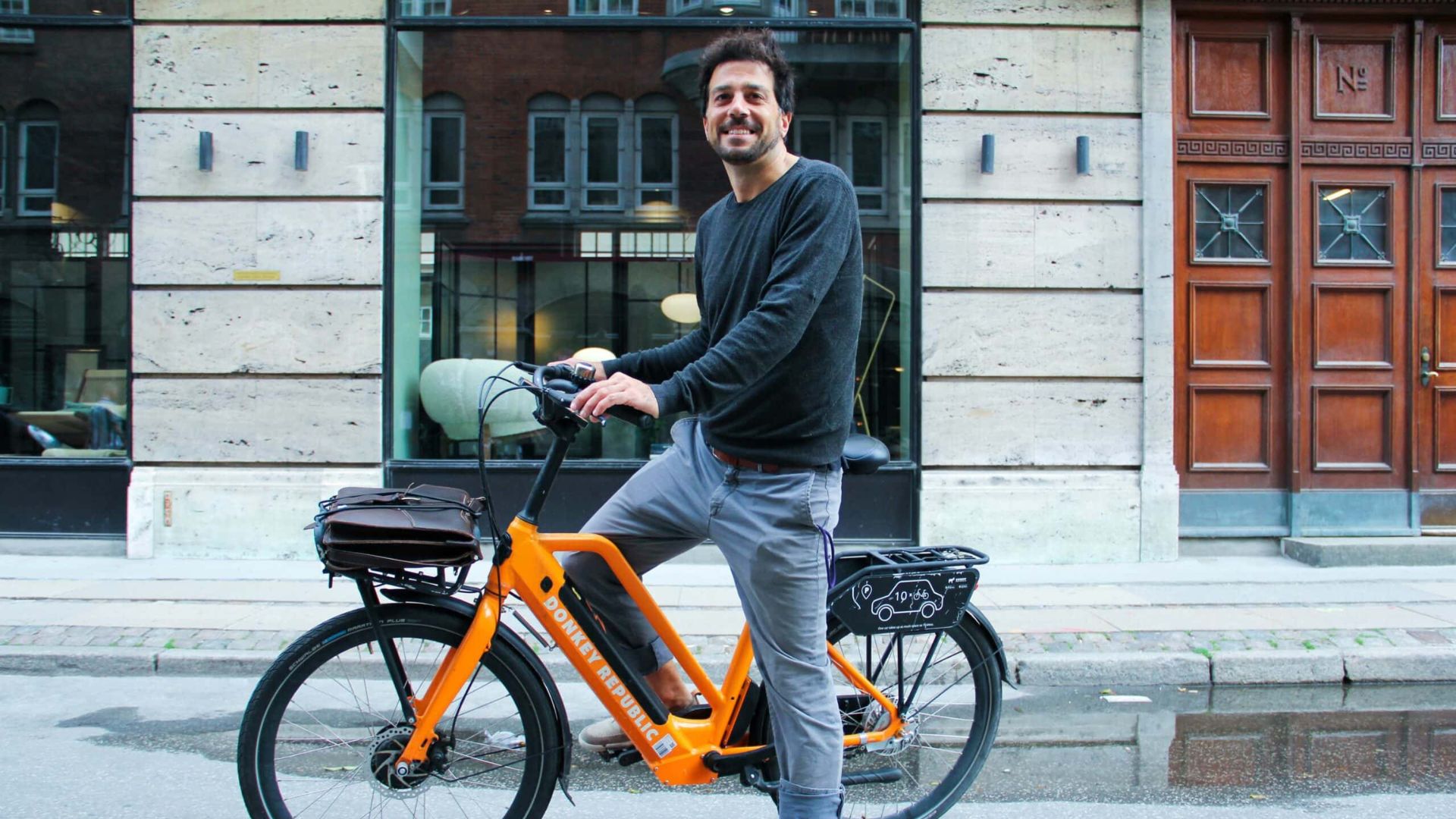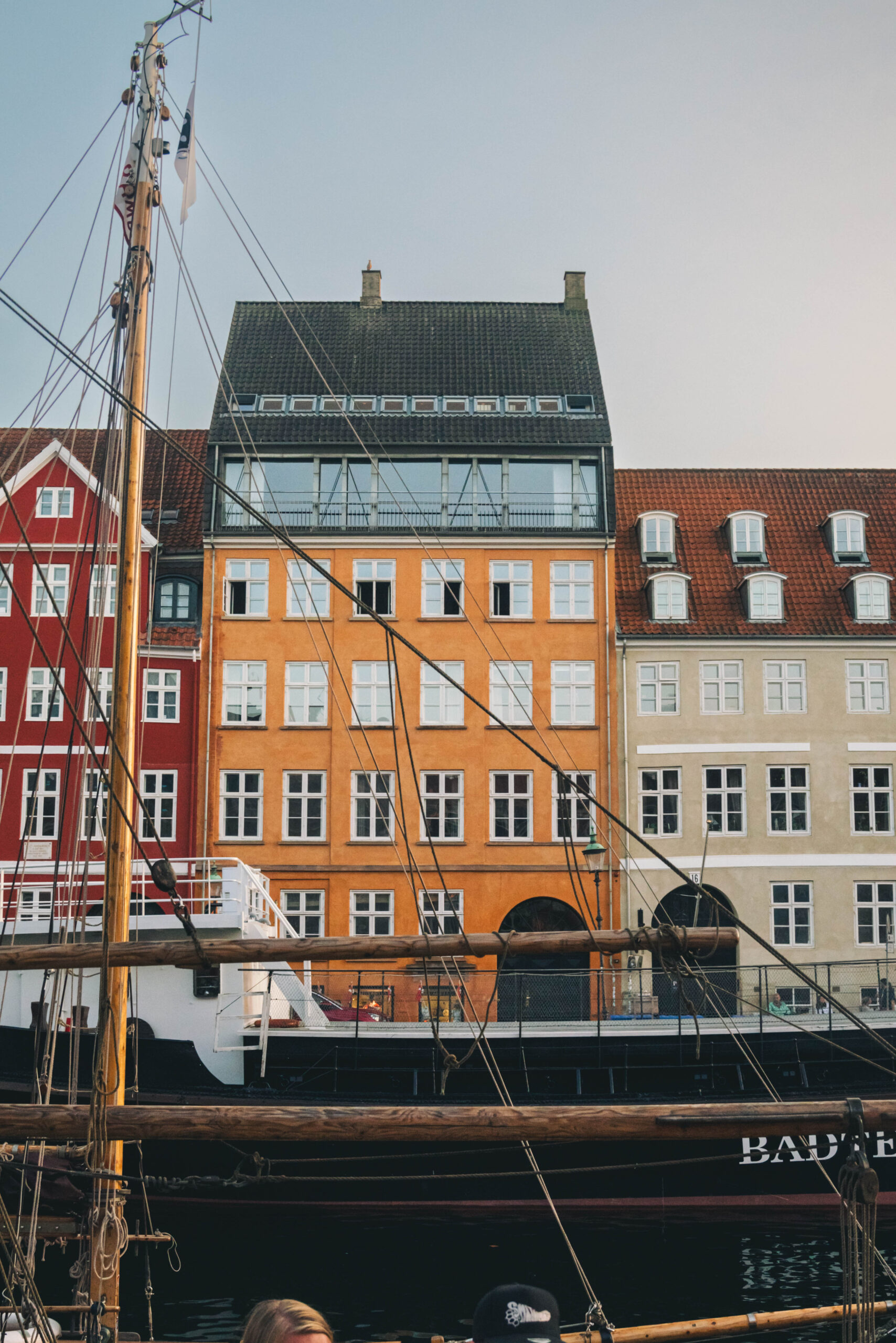St Patrick’s Day is the closest you’ll get to experiencing Irish culture without actually travelling to the Emerald Isle itself.
On top of the music, dance and green beer on hand during the day, there is no better way to fully indulge in the occasion than by trying some of Ireland’s culinary delights.
In fact, feasting was part and parcel of what made St Patrick’s Day so special in Irish tradition. The holiday tends to fall roughly midway through the Christian holiday of Lent – a time when the consumption of meat and poultry was prohibited.
Yet the Irish Church made an allowance on March 17 to enable devotees to enjoy a feast in St Patrick’s honour. The traditional meal of Irish bacon and cabbage was most often consumed, with corned beef and cabbage becoming its substitute for recent generations in America.
As for traditional Irish food on the whole, the nation is usually associated with potatoes – and the unfortunate lack of the tuber following the Great Famine and the Potato Blight of 1840.
Indeed, Irish food has been described as falling into three categories: before the potato arrived, after it arrived and after it failed.
Despite this rather bland impression, Ireland’s classic dishes include a range of comfort meals that make use of the variety of vegetables and meats that became available following the hunger crisis.
Over the past 30 years in particular, Ireland has capitalised on the abundance of fresh ingredients that are accessible and has in fact experienced something of a culinary revolution.
It’s hard to find a village now that doesn’t boast a decent restaurant, and even the pubs serve food of a high standard – an idea that would have been unimaginable 45 years ago.
Many Irish dishes that are now labelled as ‘traditional’ have very little to do with what Irish people actually ate a century ago. The ingredients would not have been used or even known to most common people.
Yet that’s no reason to abstain from indulging in the tasty meals, which often share some resemblance to the classic plates.
Traditional cooking did rely quite heavily on frying, so many of the modernised editions are often healthier, keeping in step with the current food trends in the country.
Nevertheless, Irish food should be relatively easy to make, so it’s always a bit alarming to find recipes for Irish stew that require one to cook the lamb from scratch, when there is nothing simpler than making this dish from the leftovers of a lamb roast.
 Recipe: Irish Stew
Recipe: Irish Stew
Ingredients:
Leftover lamb roast
Potatoes, plenty of them
Peas, frozen
Lamb stock cube (a vegetable one will do)
Several carrots, leeks
Salt and pepper to taste
Take the leftover roast (even leftover chops will work) and assess the damage. To make a decent Irish stew to feed the family, you’re going to need at least two handfuls of lamb. Shred every piece of meat, removing all the fat and hard bits – this dish needs to be gristle free. Once you’ve ripped off the meat, put the bone into a saucepan of water with any vegetables, and simmer and reduce. The bigger the bone, the better the stock. You might find that you need to top it up with lamb or vegetable stock. Meanwhile, peel the potatoes and slice them. Add them and any other raw vegetables to the sieved stock and boil them. The great thing about this process is the margin for error. Overcook them and it’s not a disaster; if anything, it will give the stock more body. Near the end of the process, add the leftover roast vegetables (chop them into small pieces – fry them, whatever your fancy), the meat and the peas, and season to taste. So, while most chefs are by now probably throwing up their arms at the amateurish nature of this recipe, who honestly cares providing it tastes good. This dish should be completely idiot-proof, not some version dreamed up by a ponce that requires fillet. Bon appétit!
Recipe: Colcannon
Ingredients:
2 lbs potatoes
1/4 cup butter
3 cups of kale (use shredded cabbage if kale is not available)
1 bunch green onions, thinly sliced
1 cup cream
Peel the potatoes and cut them into large chunks. Place them in a medium-sized pot and cover with enough water to leave a few centimetres at the top. Salt lightly and bring the water to a boil on top of the stove. Cook until potatoes are tender. Drain the pan and set aside. Meanwhile, melt the butter over medium-high heat in another saucepan. Once the butter is completely melted, add the cream and kale or cabbage. Cook until the kale is wilted, stirring occasionally (about three to five minutes). Then add the green onions and cook a minute further. Combine the greens mixture and the potatoes in the medium-sized pot.
Reduce the heat and mash the potatoes into the greens using a potato masher or large fork. Avoid the urge to use an electric mixer as this will make the potatoes too smooth and gluey – you want the potatoes to be soft, but still retain some shape. Season the dish with salt to your liking, and serve while still hot with a pad of butter in the middle of each serving. Enjoy!











